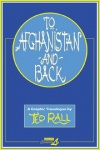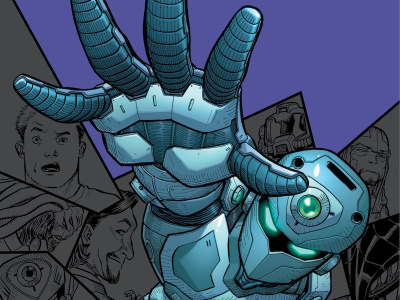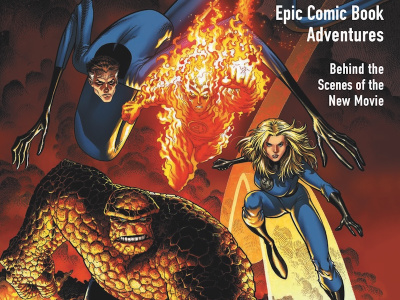
NBM is publishing Ted Rall's To Afghanistan And Back, the world's first 'instant graphic novel.' The Village Voice sent cartoonist Rall to cover the conflict in Afghanistan, and he is back already with a 112-page memoir of his stint as a most unusual modern war correspondent. Instead of a satellite picture phone, Rall packed his sketchpad and provides readers with a 50-page graphic novel travelogue of his adventures. In addition to the graphic retelling of his adventures, To Afghanistan And Back also includes the articles Rall wrote for the Village Voice, and the cartoons and photos that he sent in from the front. Look for a solicitation for this $15.95 hardcover volume in the next issue of Diamond Previews and the FM International Request Line.
Rall had been to this part of the world before, but his previous excursion along the ancient 'silk road' to China couldn't prepare him for what was going on in war-torn Afghanistan. The robbery and murders of at least 8 journalists left no doubt that covering this war was going to be a dicey proposition, but Rall didn't flinch from drawing the gruesome spectacle of a Taliban prisoner blowing himself up with a hand grenade and he delighted in depicting former members of the Taliban lining up for shaves and DVD porn the day after switching sides to join the Northern Alliance. While it's much too early to gain any real perspective on what has gone on during the brief conflict in Afghanistan, Rall provides a subjective, first person account of his journey into the war-ravaged central Asian nation.







